When James Carroll was a boy, lying on the floor watching television, he would glance up at his mother and ‘see her lips moving, only to glimpse the beads in her lap. I recall thinking that they slipped through her thumb and forefinger the way cartridges moved into machine guns’.
There was nothing unusual about this: in 1970s England, as well as 1950s America, most devout Catholic ladies carried a rosary in their handbag. If you walked into church while the Legion of Mary were at prayer, you’d be deafened by their Hail Marys. It was a competitive sport. Whoever prayed loudest and fastest — usually an Irish biddy with the gleam of the Taleban in her eye — could force the others to keep up with her frantic pace. ‘Hail Mary, full of grace, the Lord is with thee, blessedartthou… women… fruit of thy womb Jesus… Holy Mary, motherofGod, pray for us… [gasp for breath] now-
andatthehourofourdeath, Amen! Hail Mary…’ etc. Ten Hail Marys were a decade, with one decade for each of the five Joyful Mysteries of Christ. Repeat twice for the Sorrowful and Glorious Mysteries. (Pope John Paul II added the Luminous Mysteries, which traditionalists regard as a bit dodgy, and don’t say.)
It did sound a bit like machine-gun fire, and it’s not surprising that Carroll — a bestselling American novelist and church historian — should reach for that particular analogy. His father, Lt Gen Joseph Carroll, ran the Defense Intelligence Agency during the Vietnam war. He had trained for the priesthood, but backed out at the last minute. James, on the other hand, did become a Catholic priest — one of those self-consciously radical clerics who opposed the war. Like nearly all of them, he left and got married. He’s still a Catholic, albeit one whose research into the historical background of the Gospels has left him with a heterodox understanding of Jesus.
Christ Actually — what a terrible title — is his attempt to explain his theology to his readers and also, one suspects, to himself. If he doesn’t quite succeed he has nevertheless produced a dazzling, page-turning synthesis of recent research that should unsettle even the most faithful churchgoer.
Warfare and slaughter are never far from his mind. ‘The character of the Jesus movement’s texts as war literature has never been fully reckoned with,’ he says. The first Gospel, that of Mark, was written around 70 AD . just as the Romans were destroying the Temple of Jerusalem and, with it, an entire religion. After that there were no high priests, no sacrifices. Over the next century Roman emperors killed at least 600,000 Jews, and out of the ashes grew two new Jewish religions: rabbinical Judaism, built around the absence of the Temple, and the ‘Jesus movement’, which — despite its Gentile following — remained part of Judaism for far longer than either modern Jews or Christians are prepared to acknowledge.
Christ Actually constantly prods the reader with inconvenient details that challenge both classical Christianity and the liberal scholars who think Jesus was just an itinerant Jewish preacher who got lucky —that is, was turned into a divine ‘Christ’ by anti-Semitic Gentiles. Carroll points out that St Paul, often called the founder of Christianity, was dead by the time the Temple was destroyed. He carried on praying there until he left Jerusalem. He preached the message of Jesus to non-Jews, but that wasn’t an earth-shattering departure. The Mediterranean world was already full of fellow-travelling Gentiles who followed the ‘Jewish cult’. Also, many Jews in the enormous diaspora — there were 50,000 in Rome — were classically educated and Hellenised.
We draw the line between Jews and Gentiles in the wrong place, argues Carroll, and misunderstand early anti-Semitism. Most of Paul’s anti-Jewish sayings were put into his mouth by Luke, the author of the Acts of the Apostles, who made the Jews the villains of his Gospel in order to get the imperial authorities off his back at a time when all Jews (including the Jesus variety) were being punished by Rome. By 100 AD, John’s Gospel was portraying ‘Jews’ as Satan — but this was still ‘one group of Jews demonising another’.
Moreover, Jesus’s ‘divinity’ was neither a bizarre leap of the imagination nor a development of doctrine that happened decades after his death. The historical Jesus said he was the Son of Man, a claim to sort-of-divinity that wouldn’t necessarily have been regarded as blasphemy. Jews at the time, excited by the apocalyptic images of the Book of Daniel, were constantly on the lookout for a supernatural Messiah.
Carroll’s argument is designed to help reconcile modern Jews and Christians. He skirts around the question of whether Jesus was God or rose from the dead — partly for diplomatic reasons, but also because he only ‘sort of’ believes in the central claims of Christianity. He has a bit of a nerve receiving Holy Communion at Mass every week, as he tells us he does. But then he has a bit of a nerve writing a book that tramples on Jewish and Christian sensibilities while ostensibly respecting their ‘faith traditions’. The result is fascinating and I urge you to read it.
Got something to add? Join the discussion and comment below.
Get 10 issues for just $10
Subscribe to The Spectator Australia today for the next 10 magazine issues, plus full online access, for just $10.
Available from the Spectator Bookshop, £12.99 Tel: 08430 600033
You might disagree with half of it, but you’ll enjoy reading all of it. Try your first month for free, then just $2 a week for the remainder of your first year.

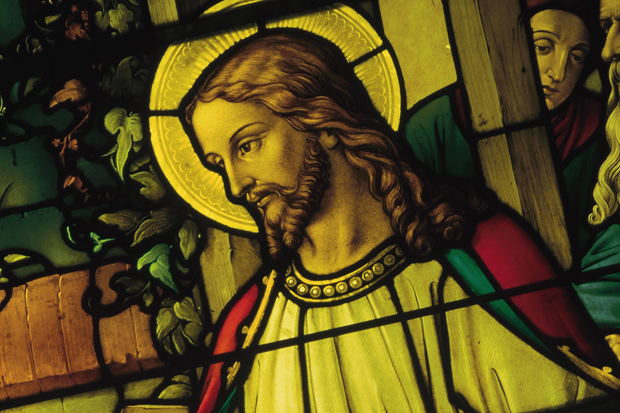
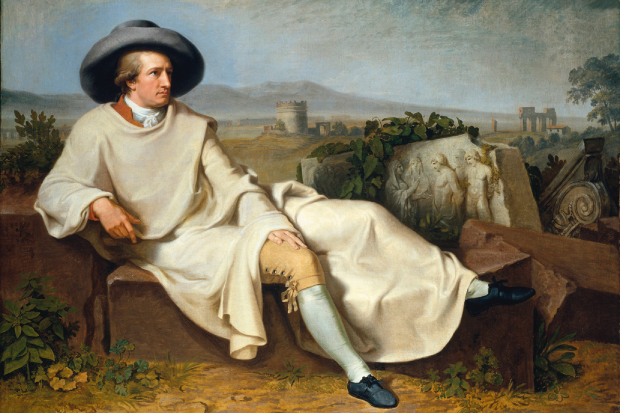
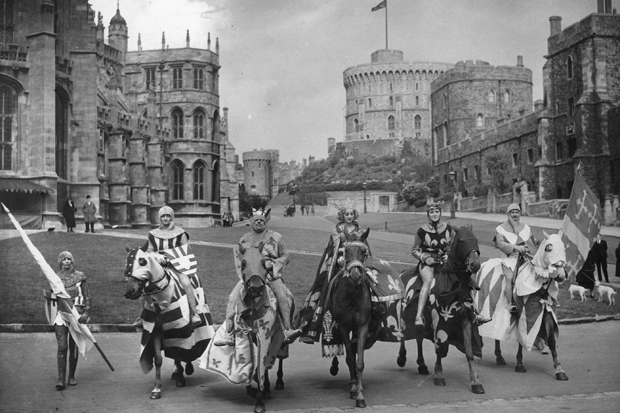
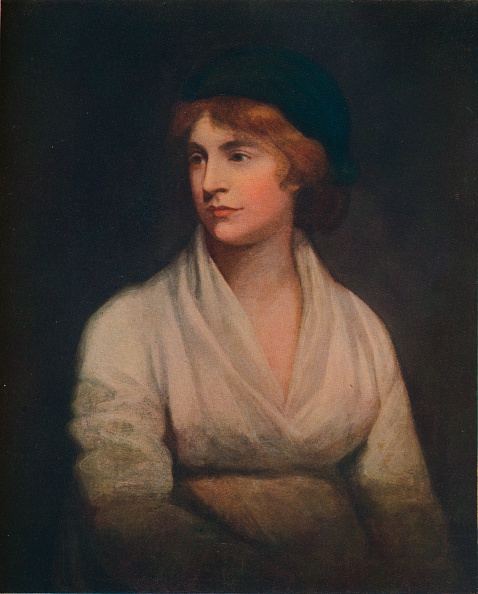
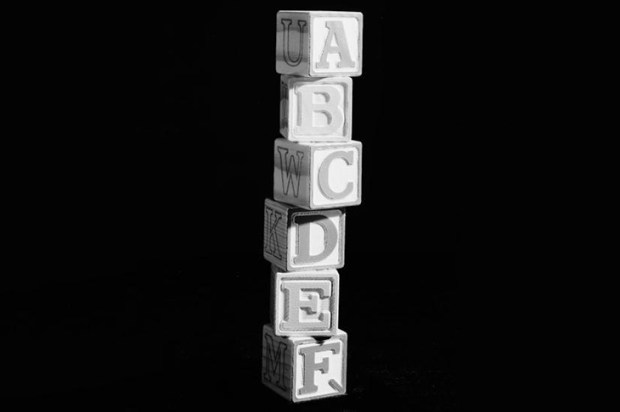
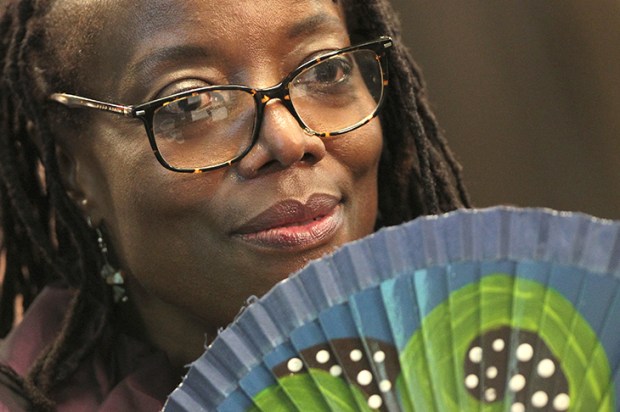







Comments
Don't miss out
Join the conversation with other Spectator Australia readers. Subscribe to leave a comment.
SUBSCRIBEAlready a subscriber? Log in